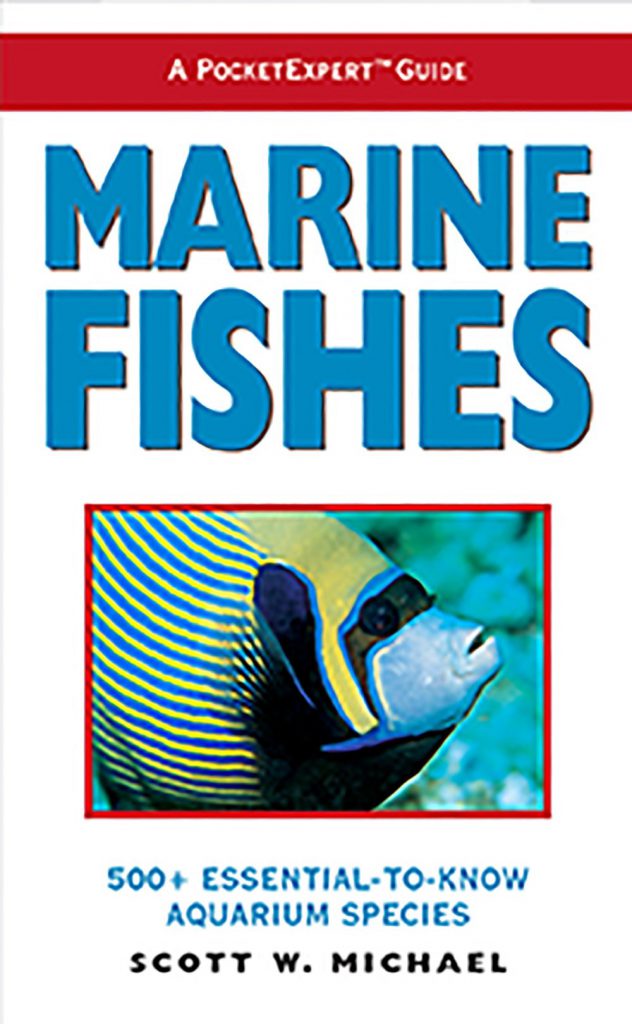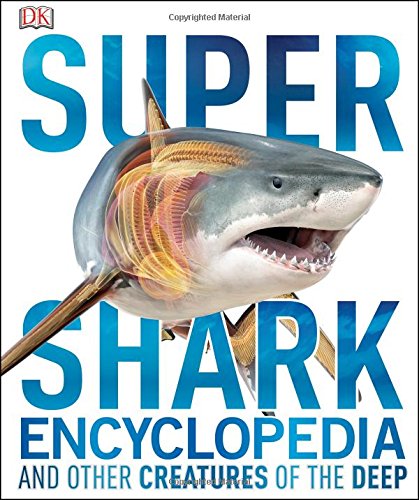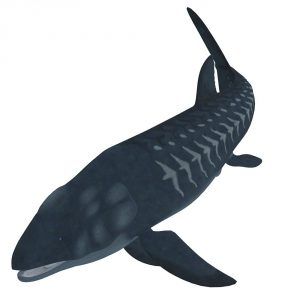
Marine Fishes: 500+ Essential-to-know Aquarium Species (PocketExpert Guide)
Fishes are cold blooded animals in the world that are covered with scales and equipped with a pair of fins to swim in the water. Unlike other animals in the world fishes do not have lungs as their breathing organ. Fishes are provided with a special organ called gills which are used for respiration. With the help of gills they draw oxygen from the water and into the blood stream. Fishes reproduce by laying eggs.
Fish has a streamlined body which helps them to move through the water quickly. To keep them safe from the enemies they have dark color on the top and light color on the bottom. They can change color rapidly and reflective cells in their skin discoloration. The size of the fish ranges from an inch to sixteen feet.
Depending upon the habitats and characteristics there are a variety of fish available on the world. Fresh water, tropical, marine, cold water and aquarium fish are the major types of fishes.
Fishes that are capable of living in the sea water are known as marine fish. Tropical climate is required for most of the marine fish to survive. Blue whale, dolphin, cuttle fish, jelly fish, loin fish and star fish are the major marine fish species.
Marine fish come in many different shapes and colours with each species having their own unique personality.
There are almost 15,000 species of marine fish. The appearance, nutritional requirements, environmental needs, reproduction, compatibility with other marine creatures, and survival adaptations of these different species vary remarkably.
Marine fish are vertebrates . Some have vertebra made of cartilage, while others have bony vertebra . Of the 28,000 known species of fish, about 15,000 species are marine .Fish are the oldest of vertebrates (found farther back in the fossil record) . Fish are by far the largest group of vertebrates in terms of species and abundance .About half of all vertebrate species are fish.
Types of Marine Fish
1. Agnatha (jawless fish)

These jawless fish have a muscular, circular mouth with rows of teeth in rings – Long, cylindrical body – Lack paired fins and scales seen in other fish – Two types of jawless fish exist- hagfish and lampreys
2. Chondrichthyes (cartilaginous fish)

About 1000 species – Sharks, rays, skates and ratfishes are members of this group – Skeleton of cartilage (as the name implies) – Movable jaws with well-developed teeth – Placoid scales and paired fins – 5-7 gill slits open directly into the water in most species – Spiracles in many species (openings on head used to bring water directly in for respiration without opening the mouth) – Males in most species have projections of the anal fin called claspers that are used in copulation.
3. Osteichthyes (bony fish)

As the name implies, these fish have a skeleton composed of bone – More species that all other vertebrates combined- over 23, 000 species worldwide – Gills used for respiration – Hinged jaws allow for a variety of different ways of feeding – Homocercal tail (two lobes of equal size) provides forward thrust.
Flat bony scales (ctenoid or cycloid) protect body – Bony operculum covers the gills (provides better protection against injury compared to gill slits for each gill) – Lateral line used in sensory capacity and communication – Swim bladder used for buoyancy control (some bottom dwelling fish lack swim bladder) – Variable body plans are adapted for specific environments.
Slower swimming fish often have bars or stripes that help break up the silhouette of a fish (a form of disruptive coloration) – This helps with predator avoidance – Some also have coloration that helps them blend in with environment (known as cryptic coloration).
Roughly 150 new species of marine fish are described each year. Experts estimate that, at this rate, it would take another 30 years to describe the 5,000 species of marine fish that remain unknown today.
Fishes are oldest aquatic vertebrates found all over the globe. Nearly 500 million years ago the first fish appeared on the earth. Fishes have their habitats in lakes, streams, oceans, and estuaries. Around 80% of fish population around the globe was represented by the Indian fishes. Fishes are capable of living in both fresh and marine water.
While marine waters cover more than 70 percent of the earth’s surface, freshwater covers only 1 percent. Surprisingly however, 40 percent of the 28,000 species of fish dwell in fresh waters. This is a very high proportion of species density given the small area that the bodies of freshwater actually covers.
Constantly changing environments and ease of geographical separation of small bodies of water in freshwater habitat have resulted in a high degree of diversification of freshwater fish. The constantly changing environments have also forced freshwater fish to become more adaptive to their environment.
In comparison, saltwater fish have been able to enjoy a relatively more stable environment in a larger ocean environment. Therefore, freshwater fish are generally more adaptable and hardier than saltwater fish.
Marine fish spend their entire life in salt water.
Some fish species can live in both freshwater and saltwater. These species are called euryhaline fish. However, most fish species can only survive in one or the other based on their salinity tolerance, or how much salt their bodies can handle.
The highly adaptable euryhaline species are able to endure a wide range of salt levels . They are successfully able to migrate back and forth between saltwater, such as the ocean, and freshwater, which includes certain rivers.
There are two main types of euryhaline fish: anadromous and catadromous.
Anadromous fish are born in freshwater but spend most of their lives in the sea, only returning to freshwater in order to spawn. These fish include salmon, smelt, shad, striped bass, and sturgeon.
Catadromous fish, on the other hand, generally live in freshwater bodies of water and only enter saltwater to spawn. North American eels and European eels fall under this category,
Salmon is universally acclaimed to be a key part of a healthy diet.
Fish is a food of excellent nutritional value, providing high quality protein and a wide variety of vitamins and minerals, including vitamins A and D, phosphorus, magnesium, selenium and iodine in marine fish.
The presence of these vitamins, minerals and essential fatty acids, makes seafood a healthy choice good for both physical and mental wellbeing and is widely recognised as good nutrition by health authorities, dietary specialists and many others.
If you have any information,questions, or feedback you would like to include in this webpage.
Please email momo19@naturekingdoms.com or leave your comments below.